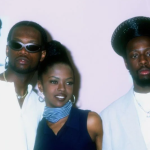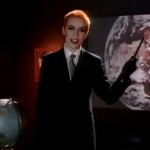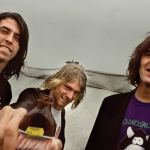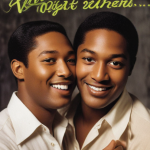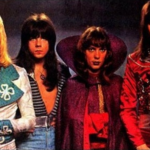“Walk on the Wild Side” – Lou Reed
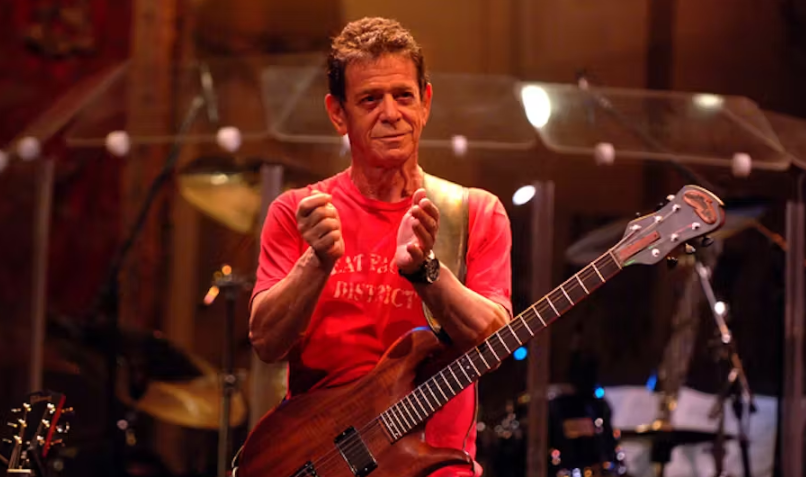
Lou Reed’s “Walk on the Wild Side,” released in 1972, is a song that became iconic for its bold storytelling, its daring exploration of taboo subjects, and its cool, laid-back groove. The track, which appeared on Reed’s solo album Transformer, produced by David Bowie and Mick Ronson, became Reed’s signature song and an enduring anthem of the counterculture. Through a series of vignettes, “Walk on the Wild Side” portrays the lives of five colorful characters, each drawn from Reed’s experiences with Andy Warhol’s Factory, a vibrant hub of avant-garde art, music, and experimental film in New York City. With its provocative lyrics and jazz-inflected arrangement, the song reflects the gritty, underground world of the 1970s, celebrating the freedom and defiance of those who lived on the fringes of mainstream society.
At its core, “Walk on the Wild Side” is a celebration of individuality and the courage to embrace one’s true identity, no matter how unconventional. Each verse of the song introduces a different character, all of whom were real people Reed encountered at the Factory: Holly, Candy, Little Joe, Sugar Plum Fairy, and Jackie. These characters are outsiders—drag queens, hustlers, and free spirits—who challenge traditional norms of gender, sexuality, and behavior. Reed presents their stories without judgment, offering a sympathetic and often playful glimpse into their lives. The repeated refrain, “And the colored girls go / Doo do doo do doo do do doo…,” serves as a lighthearted counterpoint to the sometimes dark subject matter, adding a layer of warmth and humor to the song.

The song’s lyrics are frank in their portrayal of the underground culture that flourished in New York City during the late 1960s and early 1970s. Holly Woodlawn, for example, is a transgender woman who hitchhikes across the country in search of her true self, while Candy Darling is a drag queen who achieves stardom by embracing her femininity. Little Joe refers to Joe Dallesandro, an actor and model who became a Warhol star, while Sugar Plum Fairy is a reference to actor Joe Campbell, who was involved in the underground drug scene. Jackie is believed to be Jackie Curtis, a performance artist and poet who also challenged traditional gender roles. Through these portraits, Reed shines a light on the lives of people who often existed on the margins, giving them a voice in popular music at a time when their stories were rarely heard.
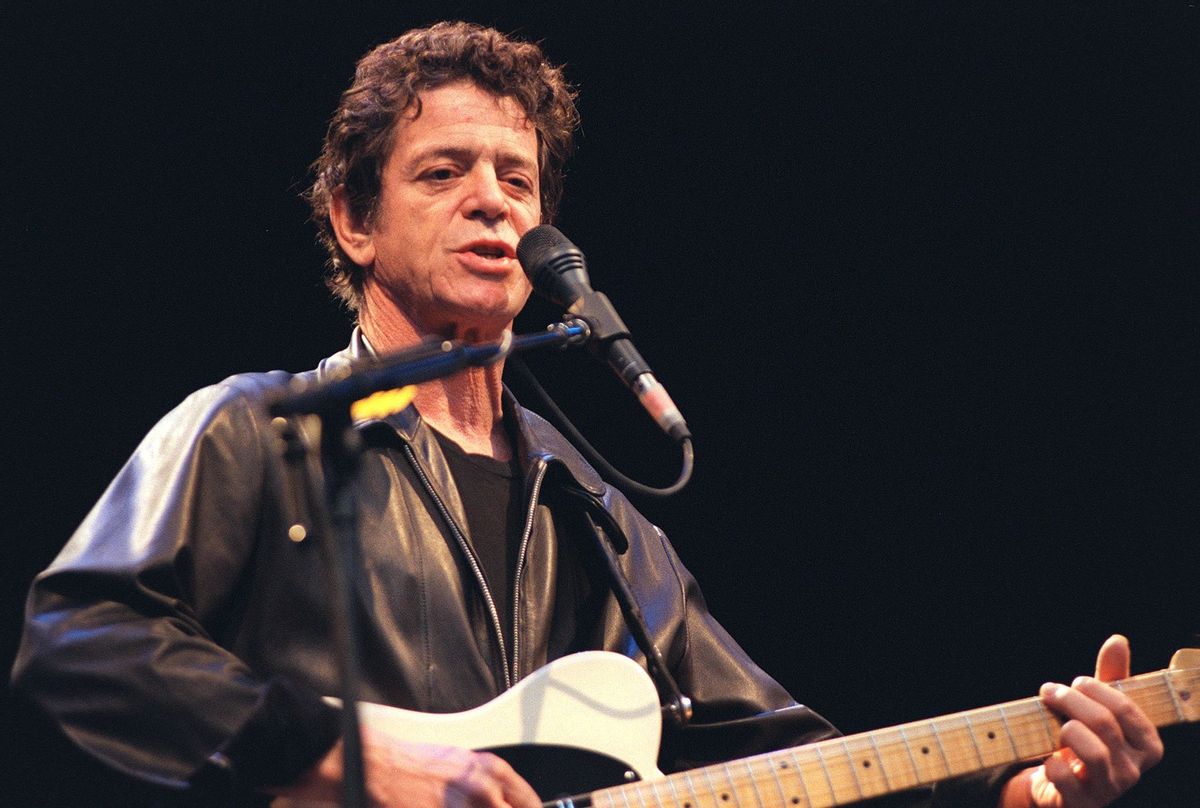
Musically, “Walk on the Wild Side” is striking for its laid-back, almost jazzy vibe, which contrasts with the provocative content of the lyrics. The song is built around a simple bassline played by Herbie Flowers, which has become one of the most famous basslines in rock history. The track’s sparse arrangement is punctuated by David Bowie’s baritone saxophone, which adds a touch of sophistication to the song’s cool, urban atmosphere. The use of backup singers, who provide the famous “Doo do doo” refrain, gives the song a smooth, almost hypnotic quality, drawing listeners into its unique world. This combination of laid-back jazz elements and rock production creates a sound that is both edgy and accessible, perfectly complementing Reed’s deadpan vocal delivery.
One of the most notable aspects of “Walk on the Wild Side” is its unflinching portrayal of sexuality and drug use. Reed was known for pushing boundaries in his music, and “Walk on the Wild Side” is no exception. The lyrics address subjects like prostitution, oral sex, and drug addiction in a matter-of-fact way, without sensationalism or moralizing. This honesty was groundbreaking at the time of the song’s release and contributed to its status as a counterculture anthem. The song’s depiction of the underground scene was both a celebration and a critique of the excesses of that world, capturing the complexity of life on the margins.

“Walk on the Wild Side” was a commercial success, reaching number 16 on the Billboard Hot 100 and becoming one of Lou Reed’s most recognizable songs. Despite its controversial subject matter, the song managed to receive radio play, in part because its lyrics were subtle enough to escape censorship at the time. Reed’s casual, almost indifferent delivery of lines that hinted at sex and drugs made the song palatable to mainstream audiences, while still retaining its subversive edge for those who understood its references.
Beyond its commercial success, “Walk on the Wild Side” has had a lasting cultural impact. The song’s exploration of themes such as gender identity, sexual orientation, and the pursuit of self-expression resonated with listeners, particularly those who felt marginalized or misunderstood by mainstream society. The song has been embraced by the LGBTQ+ community as an anthem of self-acceptance and resilience. Its unapologetic celebration of difference has made it a touchstone for generations of artists and listeners who identify with its message of liberation and defiance.
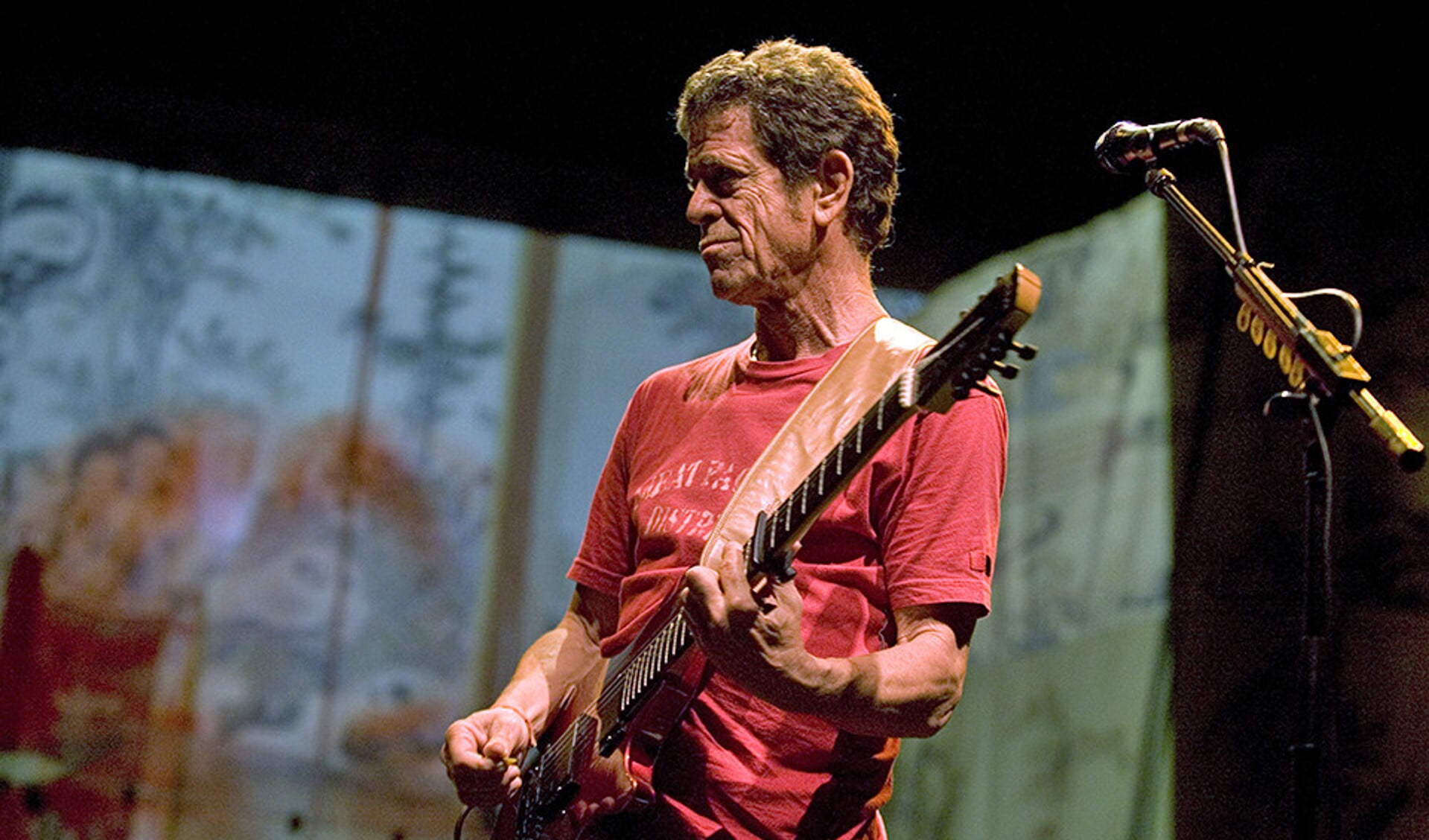
Lou Reed’s influence extended far beyond this one song, but “Walk on the Wild Side” remains one of his most enduring contributions to music. It encapsulates his ability to blend art, music, and social commentary into a seamless whole, challenging listeners to see the world through a different lens. Reed’s portrayal of the Factory’s inhabitants, with all their flaws and complexities, humanizes people who were often dismissed or ignored by mainstream culture. In doing so, he expanded the scope of rock music, proving that it could be a medium for exploring serious and controversial topics without sacrificing its accessibility or appeal.
In conclusion, “Walk on the Wild Side” by Lou Reed is a groundbreaking song that pushed the boundaries of what popular music could address. Through its vivid character sketches, smooth yet edgy musical arrangement, and frank depiction of taboo subjects, the song stands as a powerful statement on individuality, acceptance, and the beauty of life lived on the fringes. Decades after its release, the song continues to resonate with listeners, offering a window into a time and place where art and life collided in unexpected and transformative ways. Reed’s willingness to take listeners on a “wild side” journey has left an indelible mark on music history, making the song a true classic.


